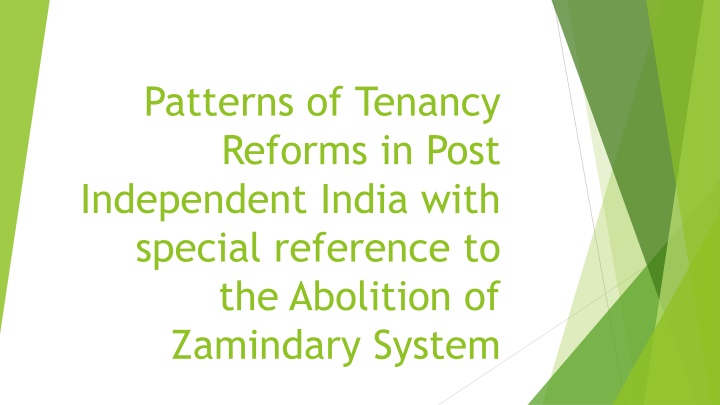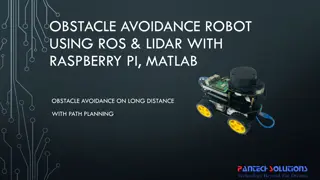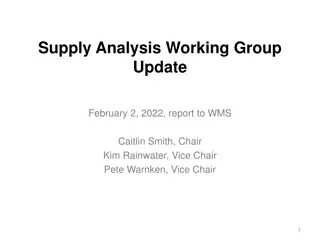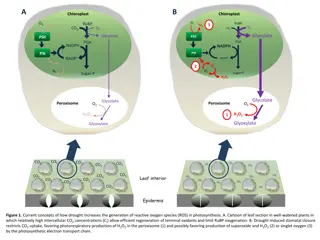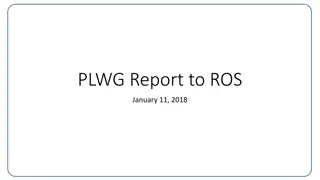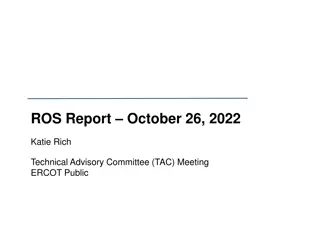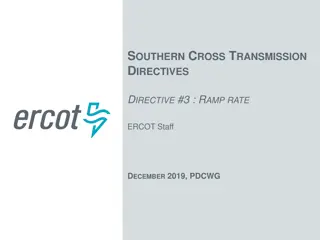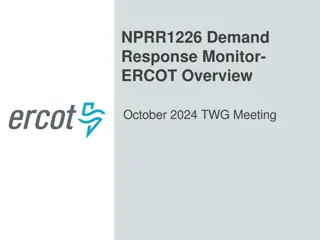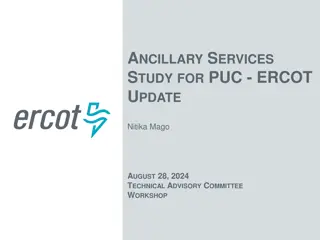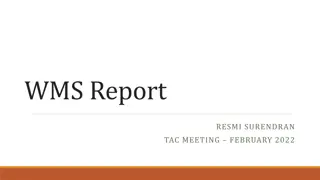ERCOT Southern Cross Transmission ROS/WMS Working Group Assignments - Janice Ayson
This document outlines the directives and tasks assigned to ERCOT relating to the Southern Cross Transmission LLC and other entities associated with the Southern Cross DC tie. It covers market segmentation, coordination agreements, ramp rate restrictions, outage coordination, planning model considerations, transmission upgrades, congestion management, frequency response, voltage support, and ancillary services.
Download Presentation

Please find below an Image/Link to download the presentation.
The content on the website is provided AS IS for your information and personal use only. It may not be sold, licensed, or shared on other websites without obtaining consent from the author.If you encounter any issues during the download, it is possible that the publisher has removed the file from their server.
You are allowed to download the files provided on this website for personal or commercial use, subject to the condition that they are used lawfully. All files are the property of their respective owners.
The content on the website is provided AS IS for your information and personal use only. It may not be sold, licensed, or shared on other websites without obtaining consent from the author.
E N D
Presentation Transcript
Patterns of Tenancy Reforms in Post Independent India with special reference to the Abolition of Zamindary System
Land Tenure System During The British Rule 1. The Zamindari System : Landlords were full owners of the land (known as Zamindars) and acted as intermediaries between state and the actual cultivators. ( Prevailed in West Bengal, MP ,Bihar ,UP, Odisha) 2. The Mahalwari System : The village headman entrusted the responsibility of collecting land revenues and depositing to the treasury. (Prevailed in Agra, Oudh, MP, Punjab) 3. The Ryotwari System : Cultivators had the sole responsibility of paying land revenue. They enjoyed security of tenure. ( Prevailed in Tamil Nadu, Maharashtra, East Punjab, Assam)
Consequences of Tenancy Based Cultivation Short term and precarious tenancy leads to reduction in the efficiency of cultivation. Tenant was reluctant in giving effort for permanent improvement of land or constructing productive equipment and capital. Lack of property right leads to uncertainty of tenure.
Objectives of Land Reform Abolition of intermediaries between the state and tenure Tenancy reforms Fixation Of ceiling on land holdings Consolidation of holdings Cooperative farming Updating of land records
Abolition of Zamindaries Aim was to abolish the intermediaries in land between state and the actual cultivators. About 2.5 crore farmers were brought into the direct relationship with the state. It facilitated distribution of 60 lakh hectares of land to landless and marginal farmers. This paved the way for increase in efficiency and yield.
Tenancy Reform Measures Regulation of rent Security of tenure Conferring rights of ownership for tenants
Regulations of rent Rent should not exceed 20 to 25 percent of the total land produce. Except some states where the rent is 30 to 40 percent of the total produce. Depending upon the features of the land the rate of rent is fixed.
Security of Tenure Preventive measures are taken to stop the ejectment of tenants from the land he cultivates. Even if tenant is ejected due to some valid reasons, land should be given to another cultivator-tenant. Landlord can resume the land for self cultivation only if some land is left with the tenant.
Conferring the Ownership Area under tenancy was around 50 percent prior to the conferment of the ownership , reduced to15 percent. In some states laws have been enacted to provide ownership rights to the tenants. (Maharashtra, Gujarat, Kerala, Karnataka, Assam, Rajasthan etc) In some states the tenants have been given the optional right to purchase the land.( Jammu and Kashmir, Himachal Pradesh etc)
Operation Barga The land reform system of West Bengal centers around Redistribution of land ownership Regulation of share cropping relationships Distribution of landed properties It is acknowledged widely as the most effective Tenancy Reform in India.
Critical Assessment Creation of absentee landlords and rent receivers, exploitation continues. Loopholes and exemption in land reform laws. Loose definition of personal cultivation. Lack of political will Absence of pressure from below. Productivity falls due to small holdings.
